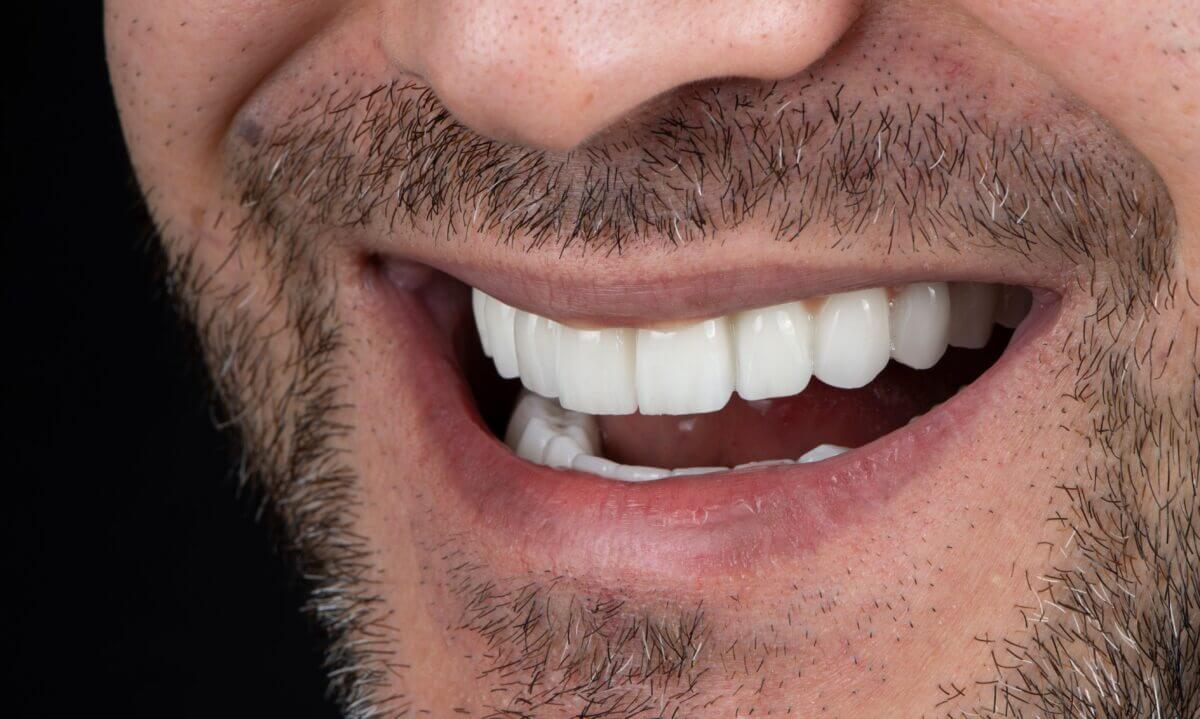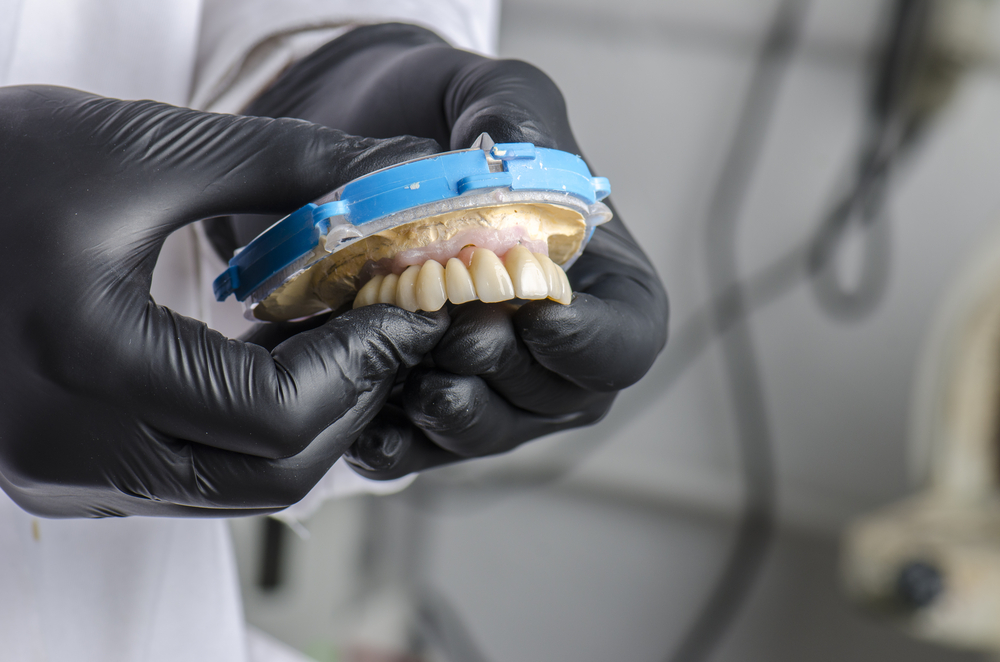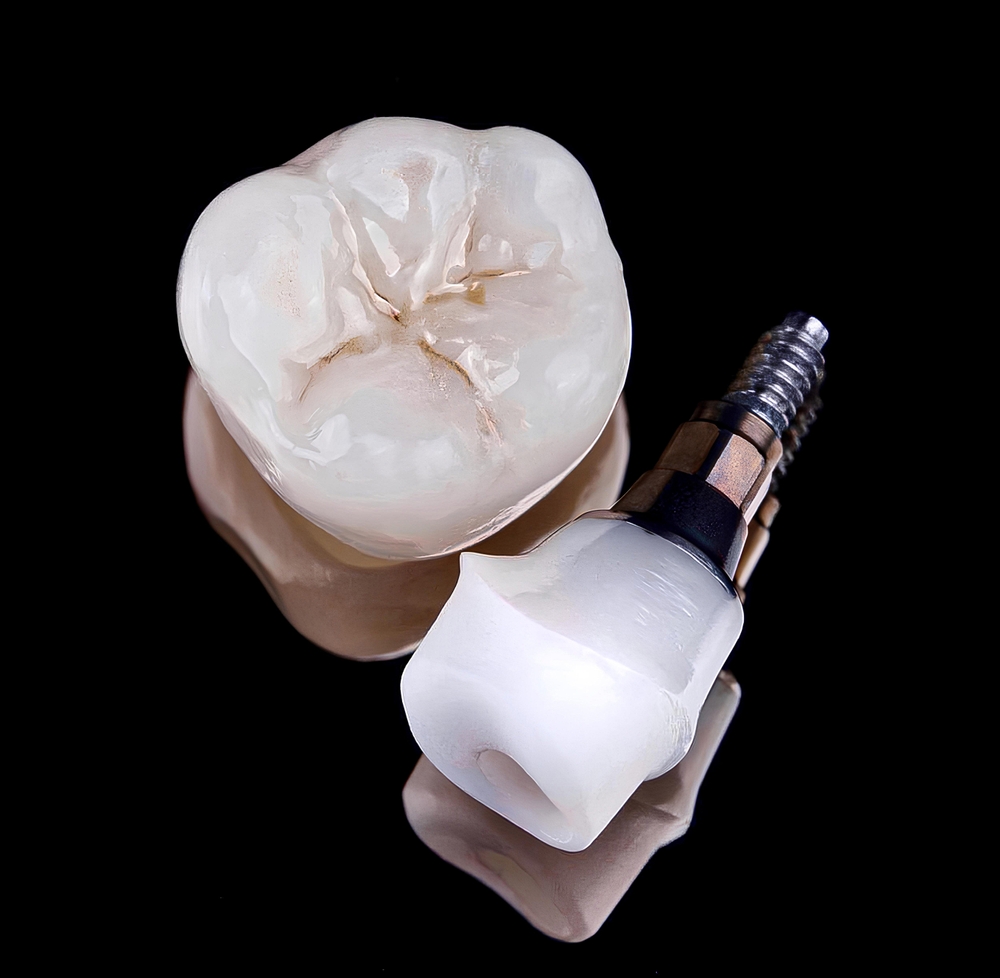In the realm of modern dentistry, where artistry and science converge to craft radiant smiles, dental ceramics stand as the versatile palette of choice. These remarkable materials, meticulously designed to replicate the aesthetics and functionality of natural teeth, play a pivotal role in fabricating dental restorations that restore both form and function. From the timeless elegance of porcelain fused to metal (PFM) to the cutting-edge brilliance of all-ceramic options, each type of dental ceramic brings its own unique properties to the forefront of dental restoration. Join us on a captivating journey as we unveil the diverse array of dental ceramics and explore how their distinct characteristics enhance the art of creating enduring and beautiful smiles.
Porcelain Fused to Metal (PFM): The Classic Choice

Porcelain Fused to Metal (PFM) ceramics represent a traditional yet versatile option in restorative dentistry. These restorations combine the durability of a metal substructure with the aesthetic appeal of tooth-colored porcelain. The metal provides a sturdy foundation, while the porcelain overlay mimics the natural appearance of teeth.
Unique Properties:
- Strength: Metal provides durability, making PFMs suitable for posterior teeth.
- Aesthetics: Porcelain overlay matches natural tooth color for a pleasing appearance.
- Versatility: Used for crowns, bridges, and implant-supported restorations.
- Cost-Effectiveness: Offers a balance between aesthetics and budget.
All-Ceramic Restorations: Where Beauty Meets Resilience
All-ceramic restorations represent a modern and versatile category of dental materials that offer an exquisite blend of natural aesthetics and impressive strength. These restorations are fabricated entirely from ceramic materials, eliminating the need for a metal substructure. All-ceramic options have gained popularity in restorative dentistry due to their ability to closely mimic the appearance of natural teeth while maintaining durability.
Types of all-ceramic materials include:
- Zirconia: Celebrated for its robustness, ideal for posterior teeth. Balances strength with aesthetics.
- Lithium Disilicate: Mastering translucency and strength, perfect for anterior teeth.
- Leucite-Reinforced Ceramics: Versatile, offering strength and natural appearance for smaller restorations.
Unique Properties:
- Aesthetics: Exceptional natural appearance due to translucency and color-matching capabilities.
- Strength and Durability: Varied materials offer suitable strength for anterior and posterior teeth.
- Customization: Tailored to match a patient’s unique smile characteristics.
- Biocompatibility: Generally well-tolerated by oral tissues.
- Versatility: Different types cater to various dental needs.
Glass-Ceramics: A Symphony of Elegance and Endurance

Glass-ceramics are a captivating category of dental materials that seamlessly blend the elegance of glass with the strength of ceramics. These materials are created through a controlled crystallization process, where a glassy matrix is heated and then cooled to encourage the growth of crystals within. This process imparts unique properties that make glass-ceramics highly valuable in restorative and cosmetic dentistry.
Glass-ceramic options include:
- Feldspathic Ceramics: Delicate translucency, often used for veneers and anterior crowns.
- Fluorapatite Glass-Ceramics: Striking the balance between aesthetics and strength, ideal for various cosmetic treatments.
Unique Properties of Glass-Ceramics:
- Natural Aesthetics: Replicates the play of light and translucency of natural teeth.
- Strength and Durability: Delicate balance between aesthetics and durability.
- Customization: Precisely customized to match existing teeth.
- Versatility: Types cater to anterior and posterior restorations.
- Biocompatibility: Generally biocompatible, enhancing patient comfort.
Hybrid Ceramics: The Versatile Fusion
Hybrid ceramics represent a cutting-edge class of dental materials that harmoniously blend the qualities of traditional ceramics and resin-based composites. These innovative materials have garnered attention in restorative dentistry for their ability to combine the aesthetic finesse of ceramics with the versatility and ease of use associated with composites.
Unique Properties of Hybrid Ceramics:
- Strength and Durability: Superior to traditional composites, suitable for anterior and posterior teeth.
- Aesthetics: Pleasing appearance, though not as translucent as ceramics.
- Versatility: Used for various restorations, including crowns, bridges, and veneers.
- Ease of Fabrication: CAD/CAM-friendly, efficient for restoration creation.
- Bonding Capabilities: Strong bonding to natural teeth ensures stability.
Selecting the Right Dental Ceramic
Dentists carefully consider several factors when choosing the appropriate type of dental ceramic for a specific patient and restoration. The decision involves a balance between the patient’s needs, the location of the restoration, the desired aesthetic outcome, and the properties of each ceramic material. Here are the key considerations that guide dentists in making this choice:
1. Location of the Restoration (Anterior vs. Posterior Teeth): The choice of ceramic may vary depending on whether the restoration is for a front (anterior) or back (posterior) tooth. Anterior teeth require superior aesthetics, while posterior teeth need more durability to withstand biting forces.
2. Aesthetic Requirements: For restorations in visible areas, aesthetics are paramount. Dentists consider the translucency and color-matching capabilities of the ceramic to achieve a natural appearance.
3. Strength and Durability: Restorations in posterior teeth must endure stronger chewing forces. Dentists choose ceramics with appropriate strength for these areas to ensure long-lasting results.
4. Patient’s Bite and Habits: If a patient has a history of teeth grinding or clenching, dentists might opt for a stronger ceramic to withstand the excessive forces.
5. Patient’s Oral Health and Habits: Patients with excellent oral hygiene might be considered for more aesthetically demanding ceramics, as maintenance is key to longevity. Some ceramics are more resistant to staining, making them suitable for patients with habits that could discolor restorations.
6. Biocompatibility and Sensitivities: Patients with metal sensitivities or allergies might necessitate the use of non-metal ceramics.
7. Material Properties: The ceramic’s strength and durability are matched to the functional requirements of the restoration. The degree of translucency is chosen based on the desired aesthetic outcome. The ability to customize the ceramic’s color, shape, and texture to match the patient’s natural teeth.
8. Cost and Budget: Dentists discuss the pros and cons of different ceramics with the patient, considering their preferences and budget.
9. Technological Advancements: Some ceramics are compatible with digital fabrication methods, allowing for precise and efficient restorations.
In essence, dentists approach the selection of dental ceramics as a tailored decision-making process. They consider the patient’s clinical needs, aesthetic desires, and individual circumstances to determine the most suitable ceramic material that will result in a restoration that is not only visually appealing but also durable and functional.
In Conclusion
Each type of dental ceramic brings its own set of qualities and characteristics to the table, allowing dental professionals to tailor their choices to the specific needs of each patient. The decision to use a particular type of ceramic is influenced by factors such as the location of the restoration, the patient’s bite, their aesthetic preferences, and the dentist’s clinical expertise. The diverse array of dental ceramics empowers dentists to create restorations that are both visually appealing and functionally reliable.




